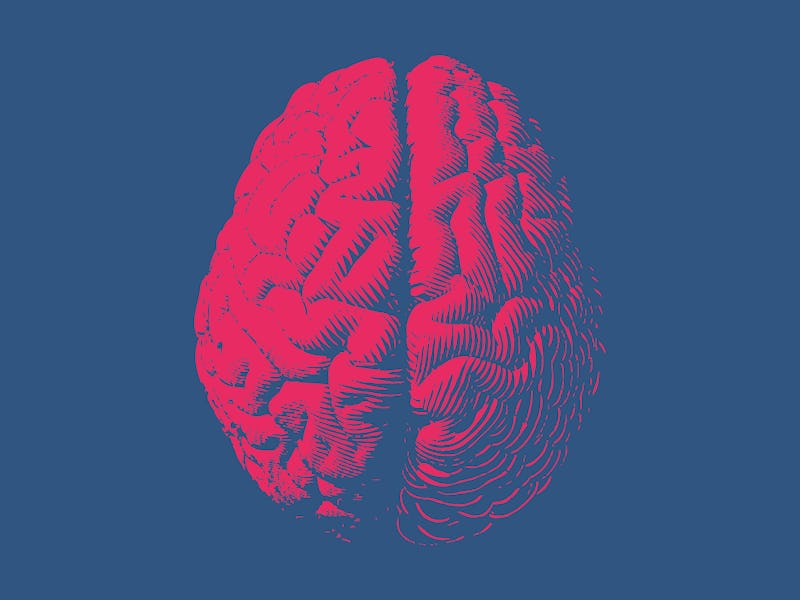In the 2020s, we'll be doing experiments on lab-grown brains
We're getting close.

Scientists poke and prod a fully-formed brain on a metal table in a laboratory. It has electrodes implanted into it, and a machine is reading off data as they try to reach the next breakthrough in neuroscience. They didn’t get this brain from a person or an animal, though—they grew it themselves.
This could very well become the norm in the 2020s. That’s because we’ve already reached a point where we can create miniature brains in the lab that create brain waves as our brains do. They’re called “brain organoids.”
This is #9 on Inverse’s 20 predictions for the 2020s.
These brain organoids are roughly the size of a pea, so you could call them… pea brains. They are grown from stem cells, and they produce brain waves similar to those of a baby that was born premature. They have a cellular structure that is similar to a human brain, but we don’t know a lot more than that about them yet.
Brain organoids
Alysson Muotri, a professor of medicine at the University of California, San Diego told Inverse about these brain organoids.
“I think it is premature to say that they do have something like consciousness — but it might also be premature that they don’t,” Muotri said.
Muotri grew brain organoids in his lab and found that they do not have the sophisticated networks and capacity you find in the human brain, but that doesn’t mean we won’t get to a point where we can grow brains that will be highly sophisticated. If we accomplish that, we could start using these lab-grown brains for scientific research.
See also: Scientists developed a better way to monitor brain activity
We could study lab-grown brains to learn more about everything from how the human brain works generally to how we can cure neurological diseases like Alzheimer’s. We could see how these diseases work and even test out new drugs to see if the brain begins to recover. The possibilities are nearly endless.
“As our models improve, we can move toward studying diseases that are complex and perhaps require connections between two brain regions,” Muotri explained. “The potential to do something good for human health is huge.”
If we find out these organoids are conscious, then there could be ethical problems with experimenting on them, but it’ll be a while before we can make that determination. If we can create human-like brains that we can ethically do experiments with, then we could rapidly learn multitudes more about the organ that makes us who we are.
As 2019 draws to a close, Inverse is looking to the future. These are our 20 predictions for science and technology for the 2020s. Some are terrifying, some are fascinating, and others we can barely wait for. This has been #9. Read a related story here.